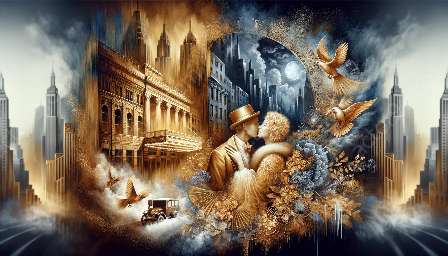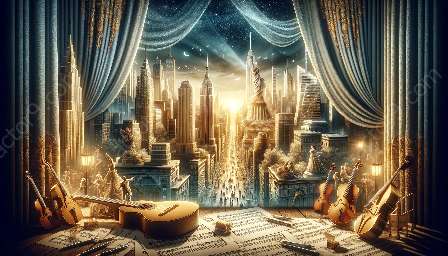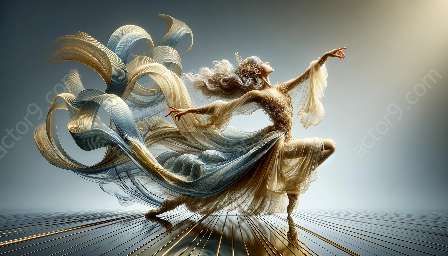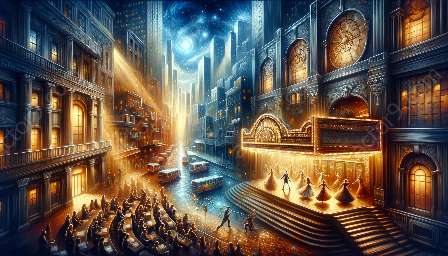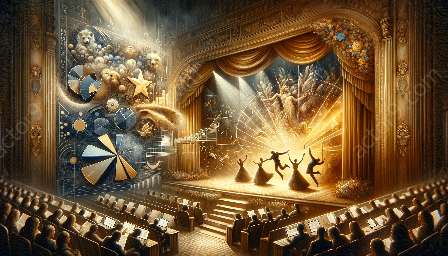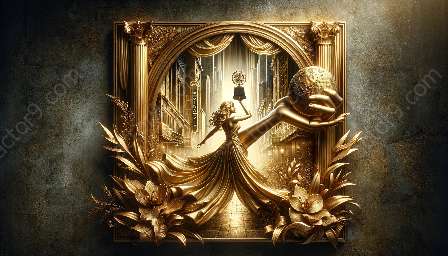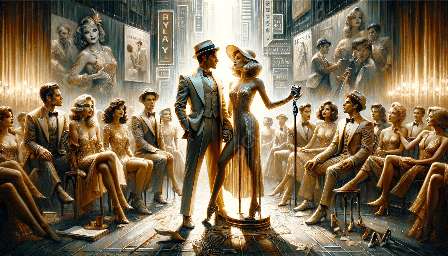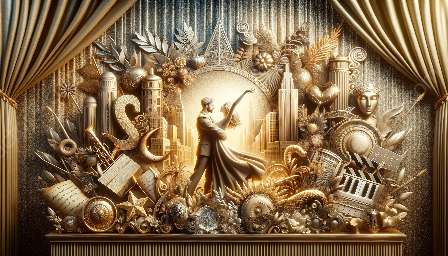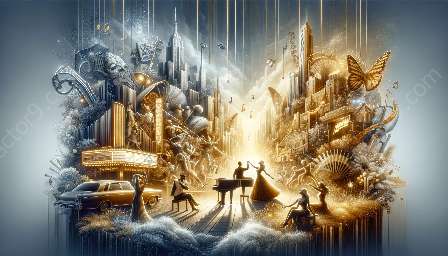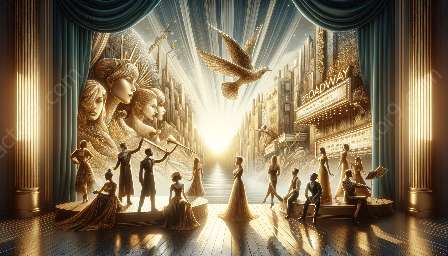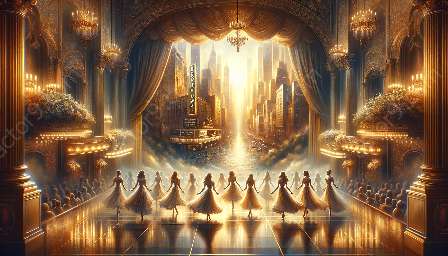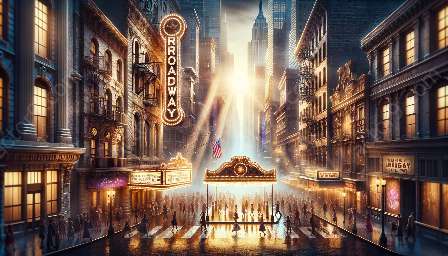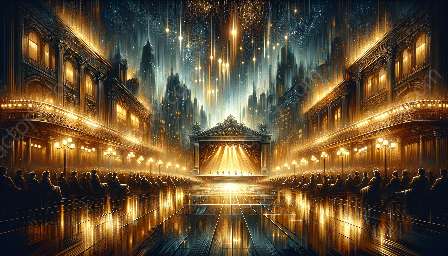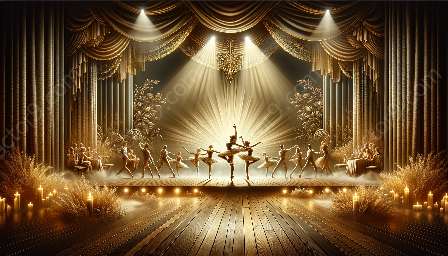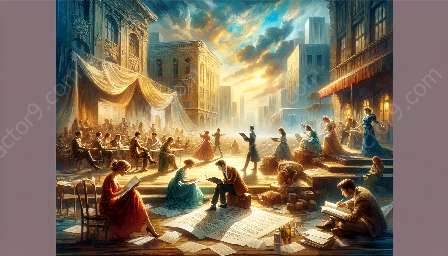Modern dance has long been a platform for exploring and challenging gender representation. As one of the most progressive art forms, it has played a significant role in shaping the portrayal of gender on Broadway, especially in the context of modern dance performances. This topic cluster aims to shed light on the evolution of gender representation in modern dance for Broadway shows, its impact on modern dance in Broadway, and its significance in the realm of musical theater.
Evolution of Gender Roles in Modern Dance
Modern dance has been a powerful medium for challenging traditional gender roles and stereotypes. In the early 20th century, dance pioneers such as Isadora Duncan and Ruth St. Denis emerged as influential figures who broke free from the constraints of classical ballet and embraced a more liberated and expressive form of movement. Their pioneering work set the stage for a more inclusive and diverse representation of gender in dance.
As modern dance continued to evolve, choreographers like Martha Graham and Merce Cunningham further dismantled gender norms through their innovative approach to movement and expression. Graham's technique delved into the psychological and emotional aspects of dance, while Cunningham's work emphasized athleticism, spatial dynamics, and unconventional partnering, challenging the conventional gendered roles of male and female dancers.
Impact on Broadway Performances
The influence of modern dance on Broadway shows has been profound, particularly in shaping the representation of gender on stage. Productions such as 'West Side Story,' choreographed by Jerome Robbins, incorporated elements of modern dance to depict the raw and intense experiences of the characters. The choreography seamlessly intertwined storytelling with the expression of gender dynamics, providing a nuanced and captivating portrayal of relationships and societal pressures.
Furthermore, contemporary Broadway productions have continued to integrate the principles of modern dance into their choreography, resulting in a more diverse and fluid portrayal of gender. Shows like 'Hamilton' and 'An American in Paris' have embraced modern dance elements to convey complex narratives and themes, allowing for a broader spectrum of gender representation and expression.
Significance in Musical Theater
Gender representation in modern dance for Broadway shows holds significant importance in the realm of musical theater. The fusion of modern dance techniques with storytelling and music has opened doors for a more inclusive and authentic portrayal of gender identities on stage. By challenging traditional gender norms and embracing diversity, modern dance has contributed to the creation of multidimensional characters and narratives, enriching the theatrical experience for audiences worldwide.
Furthermore, modern dance has provided a platform for choreographers to explore the intersection of gender, identity, and societal constructs, amplifying the depth and complexity of character development in musical theater. This evolution has not only expanded the artistic possibilities of Broadway productions but also fostered a more inclusive and empathetic approach to storytelling.
Closing Thoughts
In conclusion, gender representation in modern dance for Broadway shows has been a catalyst for progressive change within the realms of modern dance, Broadway, and musical theater. The evolution of gender roles in modern dance has reshaped the way gender is portrayed on stage, enriching the storytelling and artistic expression in Broadway productions. As the landscape of gender representation continues to evolve, modern dance remains at the forefront of promoting diversity, inclusivity, and authenticity in the performing arts, leaving a lasting impact on the cultural landscape of Broadway and beyond.


